Learner-Centered Ecosystems: Nurturing Connections, Fostering Belonging, and Engaging in Place
Key Points
-
Education systems transformation must be more holistic, inclusive of belonging, connection and a sense of place.
-
Learner-centered ecosystems have the promise to lead to more holistic outcomes that our society needs for its public education.
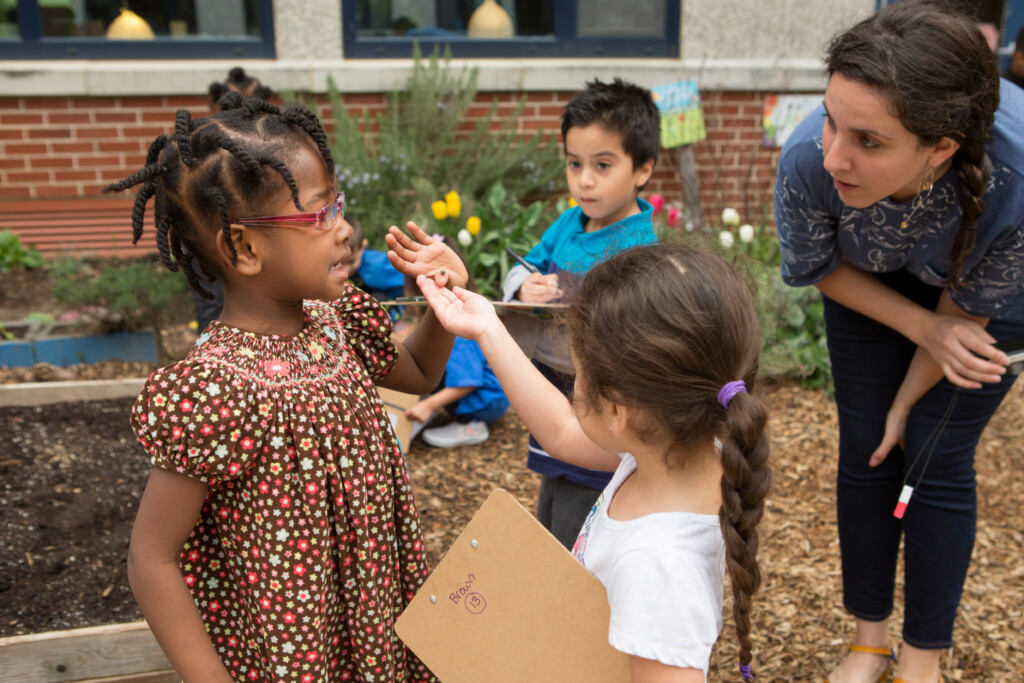
By Bobbi Macdonald and Emily Liebtag
It’s increasingly apparent that young people are grappling with growing disconnection, a challenge that extends well beyond traditional schooling and affects the entire landscape of education. In light of this pressing issue, the question arises: How can we initiate a transformative era of education that not only cultivates deep learning but also actively addresses the complex social issues in our communities?
We’ve been learning from communities across the country about their thoughts on this very question, listening to their experiences and insights about what they think it will take to transform education. We’ve heard firsthand about the need for collaborative efforts in shaping a more inclusive, responsive, and impactful system for education. We’ve heard a call for public education that looks more like an ecosystem, or more holistic learning systems that place a premium on fostering a sense of belonging, nurturing connections, and empowering both communities and educators alike. We’ve also heard about how communities more naturally operate in this way and have been doing so long before our formal education system came into existence.
Belonging
The vision of learner-centered ecosystems is anchored in the belief in the unique power and potential of each child. By anchoring education in this belief, we cultivate a sense of belonging—a space where individuals are valued for who they are. As Brené Brown aptly puts it, “Fitting in is about assessing a situation and becoming who you need to be in order to be accepted. Belonging, on the other hand, doesn’t require us to change who we are; it requires us to be who we are.”
To truly center learners, we must reimagine the blueprints of education. This begins with small groups or advisories that serve as a “home base”—a place where every child and educator is known, honored, and supported. For example, at Big Picture Ukiah at South Valley in California, as in all Big Picture Learning network schools, learners are divided into advisories that stay together like a family, and advisors work with students to find internships and community projects connected to their interests and aspirations. Together they navigate a series of experiences, making sense of them as they go along all the while building the agency and self-awareness of each learner. As one learner stated, “This school made me feel it’s all in my hands” she continued, “I came here and found the help that I needed. They want you to grow and be happy. I am happy.” Advisory is designed to foster these deep-rooted relationships much like an environmental ecosystem. A strong root system provides stability and prevents learners from being underserved.
Connection
Connection is the intricate network of waterways that sustain the ecosystem. It’s through connections with ourselves, each other, and our surroundings that we can develop new ways of being. In order to grow and develop a system that is strengthened by connections, we must let down the walls of school buildings and consider weaving together a web of connected partnerships and relationships that offer learners the chance to pursue their interests, and the opportunity to engage as citizens within the community.
FabNewport, a non-profit dedicated to positive youth development and place-based learning, is an example of an organization defined by its powerful connections. They offer learners experiences with golf, surfing, cooking, visual arts, music, museums, the bird sanctuary, coding, maker spaces, hiking, farming, biking, sailing, and advanced career pathway connections. All of these opportunities are available through partnerships intentionally woven together as an ecosystem of learning. FabNewport threads together the community by connecting partners, learners, businesses, and the civic structure, and they consider these connections to be long-term relationships. This mindset leads to new possibilities for what can be accomplished within a community. One learner noted how a mentor at FabNewport “wants me to be successful” and helped him see how “something I love doing…he’s showing me different career paths that it could turn into.” A team of learners, educators, and FabNewport Co-Founder and Executive Director Steve Heath shared more of these experiences during a recent webinar.
Place
Place matters. It’s where we live, learn, and grow. By embracing the unique qualities of our surroundings, we can create meaningful learning experiences that resonate with learners. The power of place goes beyond the physical spaces and geographies and includes lived experiences, histories, and cultures. We see incredible examples of communities coming together to leverage place in their ecosystems.
For example, the team from Launch Expeditionary Charter School, a Middle School in Brooklyn. At an Outward Bound experience, this team stood on the site of an abandoned airstrip and thought, what if we could develop this site and open a school here dedicated to experiential learning and career exploration? In 2023, they created Runway Green—a groundbreaking project located at Floyd Bennett Field in New York City. The vision for Runway Green is for education, community engagement, and workforce development to converge. Through strategic partnerships with the New York Department of Education, the National Park Service, and various green economy stakeholders, this community is engaged in a community design process creating together a new chapter in the use of this land that will impact thousands of children and families for generations. Every ecosystem will have unique attributes and stories that come from the land, place, and people.
Learner-centered Ecosystems as a Way Forward
We are at a pivotal crossroads, and young people are in the middle of it. Ecosystems, while the concept isn’t new, provide a timely possibility for a new era in education that nurtures what young people need most right now —connection, belonging, and a deep sense of purpose and place.



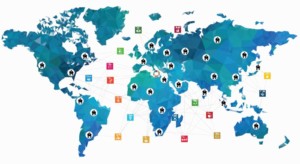
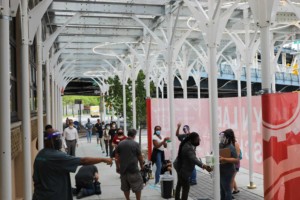
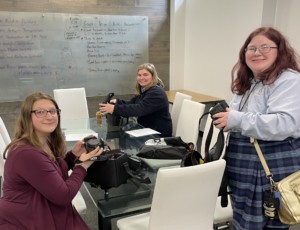
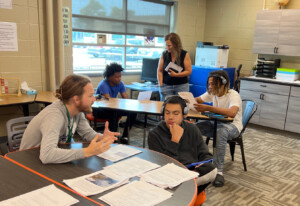
0 Comments
Leave a Comment
Your email address will not be published. All fields are required.